En marzo pasado, para celebrar el Día Internacional de la Mujer, la cantautora canadiense Nadine Altounji dio a conocer Marcha de Flores, una canción que formará parte de su próximo álbum.
Recitada en español por Nadine Altounji, música residente en Montreal, la canción es fruto de la colaboración entre ella y la poeta y bailarina peruana Marcia Castro Gamarra, a quien Nadine conoció en Sudamérica mientras investigaba las tradiciones musicales de Ecuador y Perú para su próximo álbum The Stories that Tie Us to Trees.
La canción y el vídeo quieren llamar la atención sobre la situación de las mujeres en general, y particularmente en Perú. Además, los fondos recaudados con la venta de la canción irán a la organización Mantay, una organización sin ánimo de lucro de Cuzco (Perú) que apoya a las madres jóvenes.
Mantay
La organización sin fines de lucro Mantay, a la que van los fondos recaudados con la venta de la canción está instalada en el barrio de San Jerónimo, Cusco (Perú).
Además de ofrecer ayuda psicológica, nutricional, afectiva, legal y educativa, Mantay es también una casa de acogida para madres adolescentes que decidieron asumir su maternidad.
El objetivo del organismo es recibir a las jóvenes y educar en la maternidad a niñas menores de edad que viven en situación de abandono y desamparo.
Según el organismo, en Perú se producen tres violaciones cada hora, el 66% de las cuales es a niñas menores de 14 años.
Durante el tiempo que las adolescentes y sus hij@s permanecen en la casa de acogida, desde su llegada al hogar hasta que las mamás cumplen 18 años, se les ofrece una atención integral, cubriendo todas sus necesidades.
Además, hay talleres de oficios como el arte floral y el trabajo sobre cuero con los que las chicas pueden visualizar una independencia económica al llegar a la mayoría de edad, cuando tendrán que dejar Mantay.
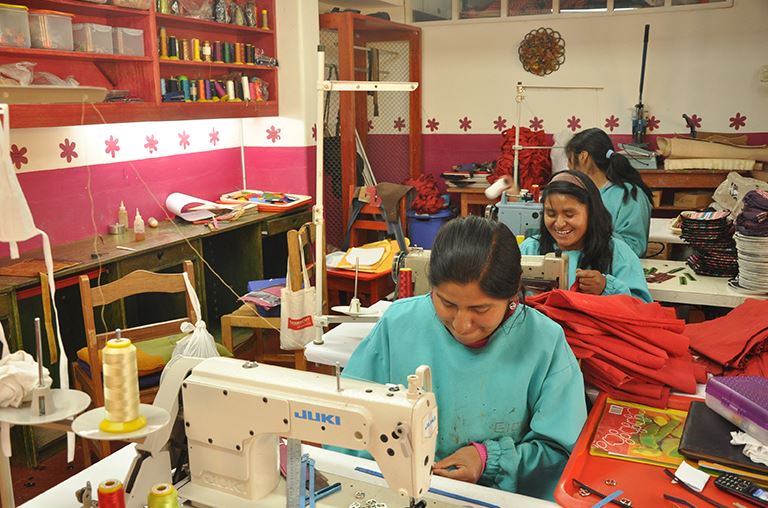
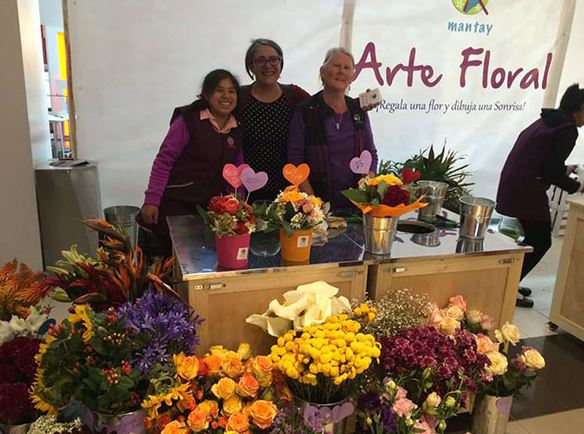 Mantay, Arte Floral, una propuesta original de arreglos florales creados con amor, por jóvenes madres egresadas de la Casa de Acogida Mantay.
Mantay, Arte Floral, una propuesta original de arreglos florales creados con amor, por jóvenes madres egresadas de la Casa de Acogida Mantay.
Tras la experiencia de éxito con el taller de artesanía, desde el 2014, la asociación Mantay Perú e.V. (Alemania), ha apostado por impulsar una nueva línea empresarial, Arte Floral Mantay, que se dedica a la formación de las madres para la realización de arreglos florales, decoraciones ambientales para eventos.
Fuente: https://www.rcinet.ca/es/2021/04/30/marcha-de-flores-de-nadine-antounji-un-canto-desde-canada-a-las-mujeres/
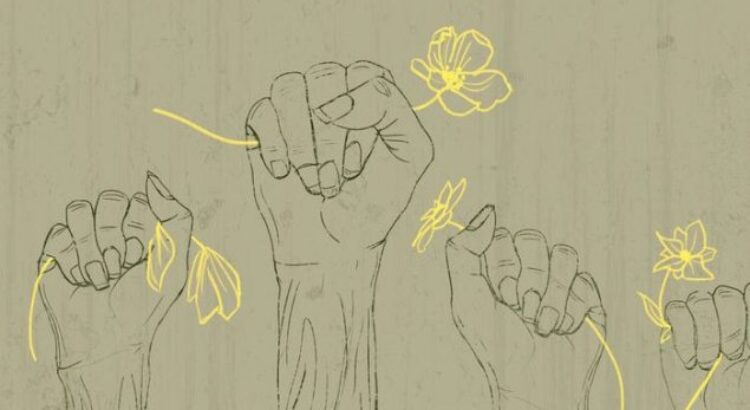

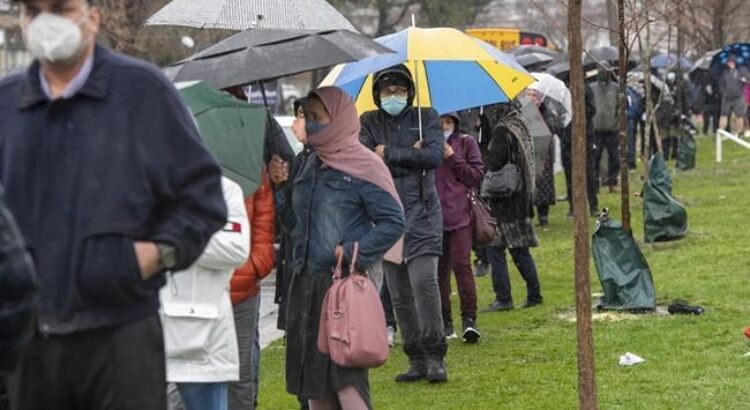

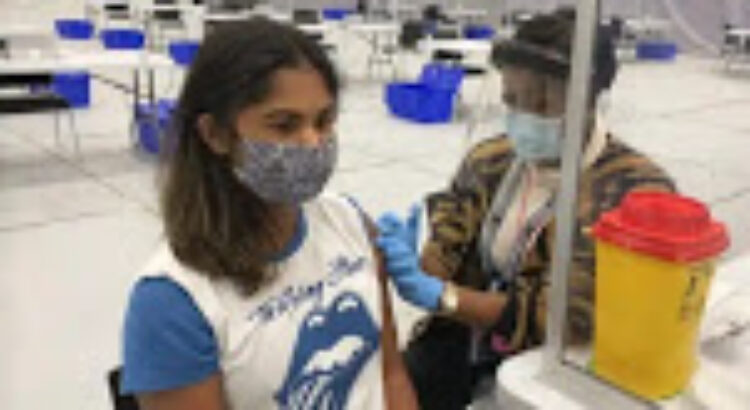







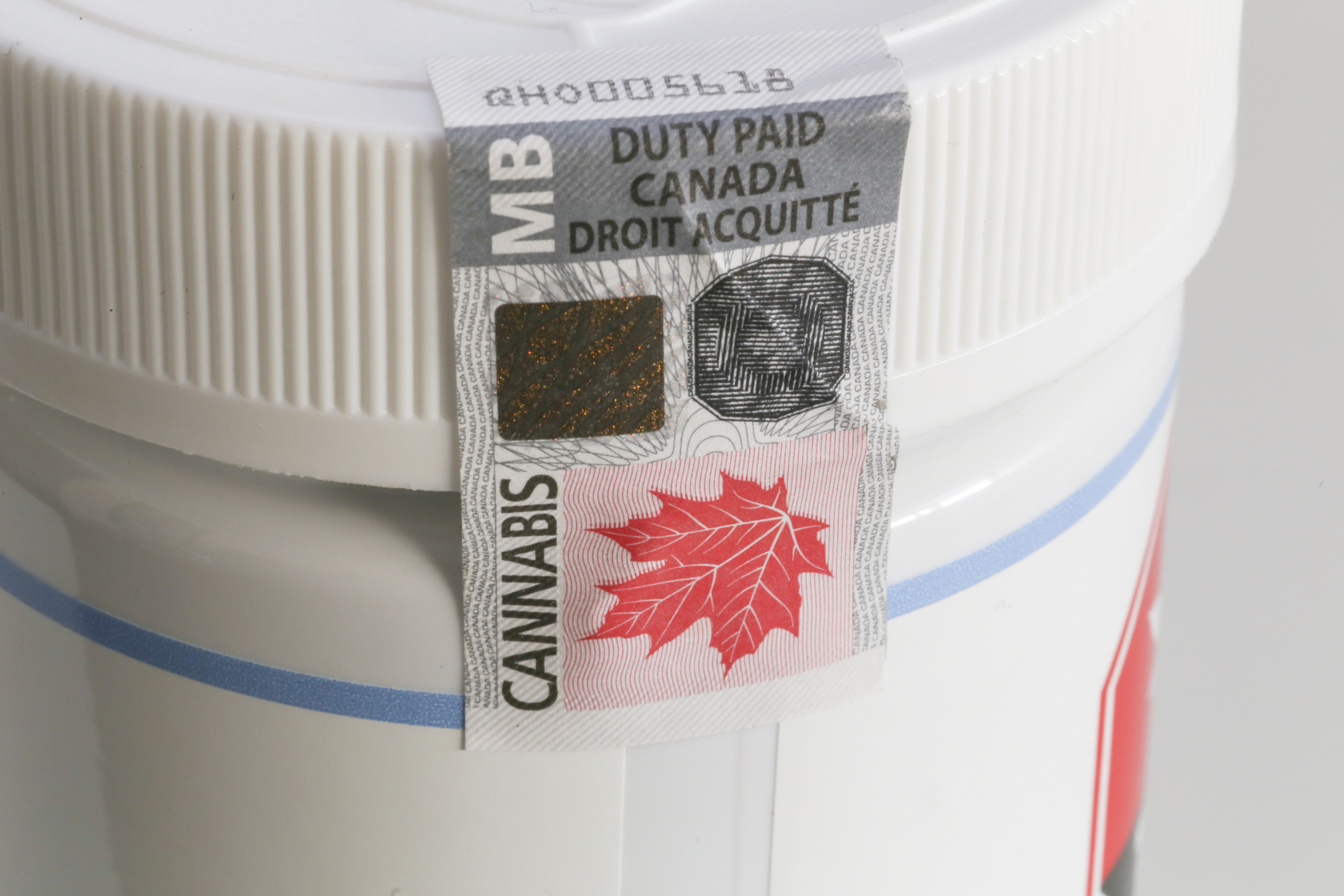







 Users Today : 236
Users Today : 236 Total Users : 35459831
Total Users : 35459831 Views Today : 403
Views Today : 403 Total views : 3418375
Total views : 3418375